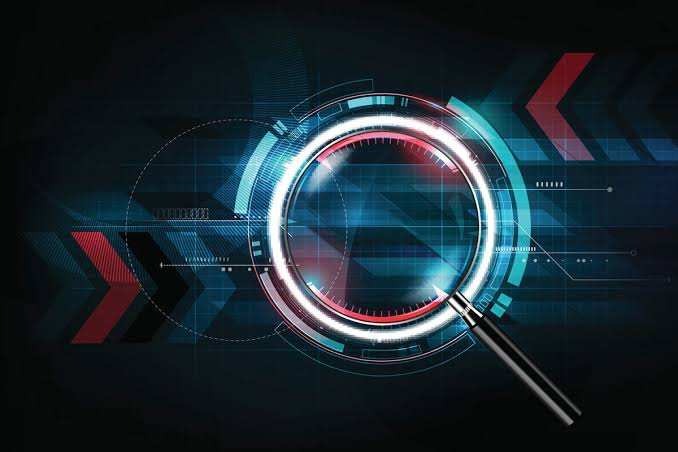FUTURE OF DIGITAL FORENSIC
Introduction-: Digital forensics deals with the recovery and investigation of fabric found in digital devices. It includes investigation of each device capable of storing digital data. The discipline emerged completely within the 21st century with the emergence of national policies. it's applications in criminal or civil courts to support or refute a hypothesis. Digital forensics is additionally partitioned into a couple of branches - computer, mobile device, network, forensic data analysis and database forensics.
Forensic science is relatively new field and cyber forensics is even newer. There are different fields of cyber forensics and each field in itself is extremely difficult to practice. Nevertheless, significance of cyber forensics can't be undermined especially in contemporary times of space laws, AI and Internet of Things (IoT).
Future Paradigms-: Many of the digital forensics’ tools tailored to discovering evidence are expected to reside on the suspect’s device, but offer limited features for investigating unknown and complex environments, including big data–like sources. The majority of forensic software is unsuitable for identifying anomalies in an automatic or unattended way. One of the major challenges to be addressed within the near future, therefore, is that the creation of tools and techniques to research the bulk of knowledge and report possible digital clues to the examiner for further investigation. Such tools and techniques’ engineering, including proper visualization features to assist the forensic examiner, may be a complex task, particularly due to the shortage of unified standards and the nontrivial computational requirements. Digital investigation can leverage the features of cloud computing, as an example, to dump the foremost demanding operations of digital forensics procedures, such as log analysis, data indexing, and multimedia processing. One of the most interesting aspects of the cloud is that the opportunity to take advantage of a replacement paradigm during which forensics is provided as a utility like forensics as a service (FaaS). For example, a tool was developed for indexing forensic disk images which will be easily employed by investigators through an internet interface. A further advantage of pursuing an FaaS paradigm is that the possibility of concentrating the software during a single point, which makes updates and improvements easier. This can also hide complexity from end users, allowing professionals to concentrate on the investigation. Similarly, digital investigations can leverage the proliferation of software-defined networking techniques, which supply additional layers of abstraction useful for analysing attacks or infections without the necessity for resource-consuming traffic analysis campaigns. Lastly, digital forensics could quickly become essential even in new and unforeseen scenarios. IoT usage creates some extent of interaction between the cyber and physical worlds, making digital IoT forensics an effective way to collect information about the nondigital environment as well. Obviously, such investigations are linked to further privacy issues especially as sensors could be influenced not only by one user but by an undefined set of influencers several individuals could trigger a presence sensor during a room every day, not just the potential criminal.
Reference-:
1. https://par.nsf.gov/servlets/purl/10077085
2. Digital India Sees 63.5% Increase in Cyber Crime Cases,
3. http://www.legalserviceindia.com/legal/article-4896-future-of-digital-forensics-in-india-an-analysis.html



Comments
Post a Comment